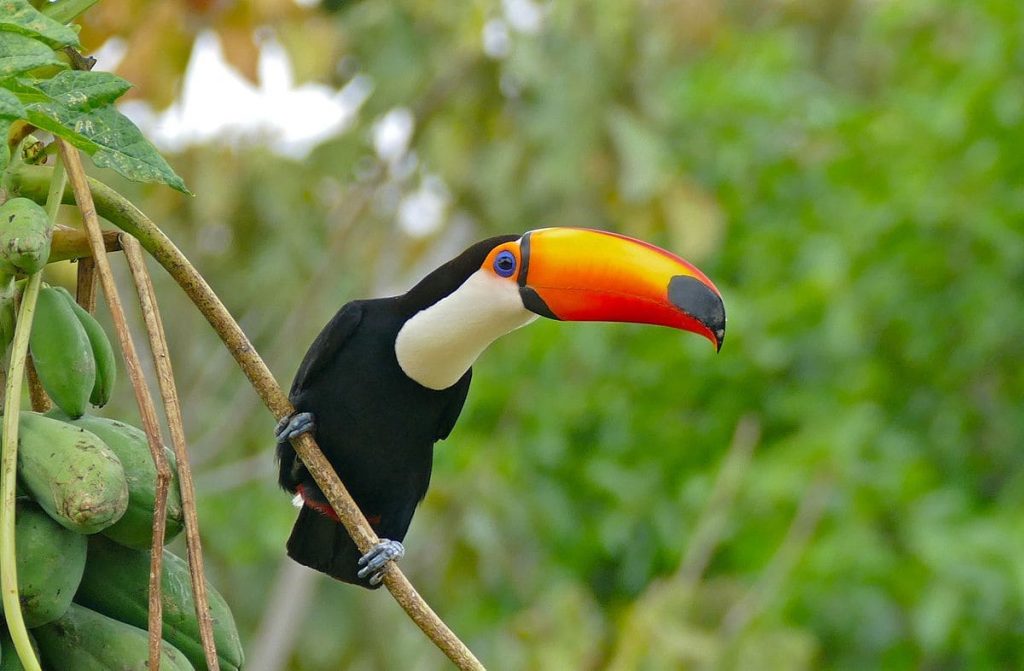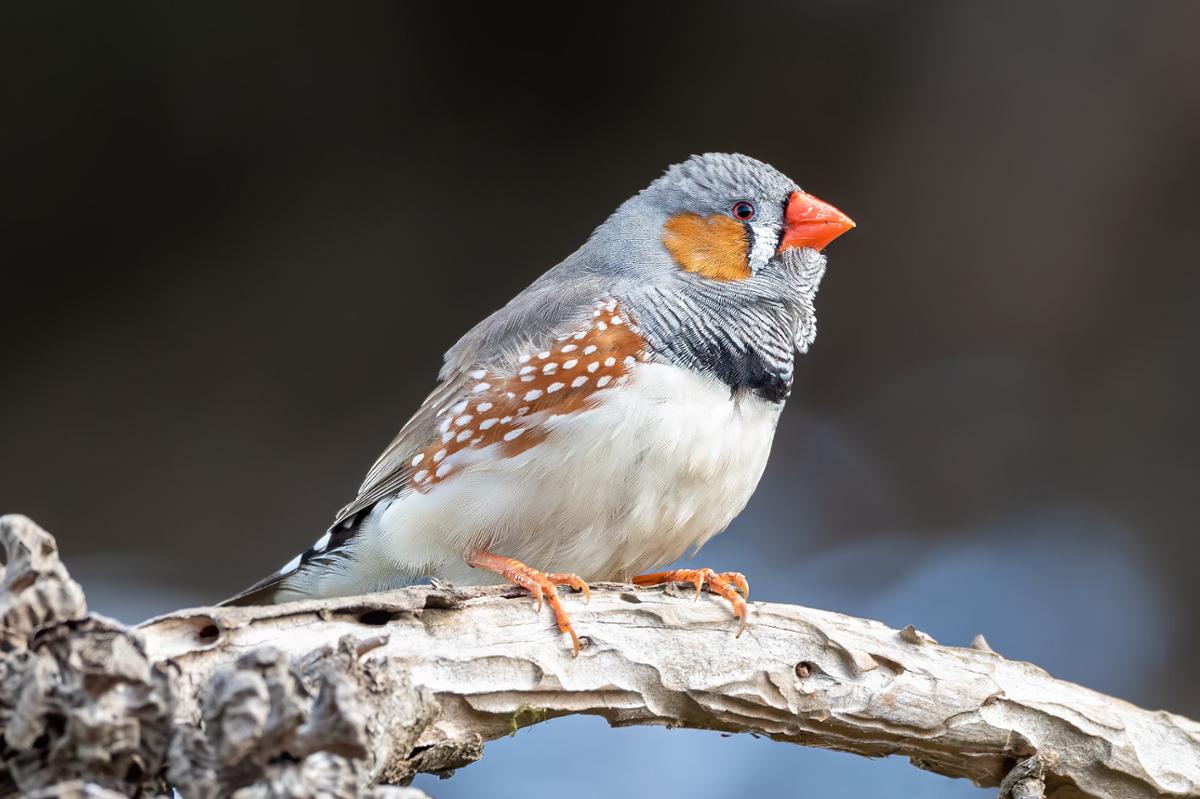Birds exhibit a mesmerizing array of colors and patterns, captivating us with their beauty and diversity. One striking feature that often catches our attention is the beak, which serves various functions beyond feeding. Among the vivid hues displayed by these remarkable creatures, the orange beaked birds stands out as a captivating trait. In this article, we embark on a fascinating journey to explore the world of orange-beaked birds, delving into their characteristics, habitats, and remarkable adaptations.
The Enchanting World of Avian Beaks
To understand the significance of an orange beak, we first need to appreciate the myriad shapes, sizes, and colors of bird beaks. These specialized structures have evolved to suit different ecological niches, enabling birds to procure food, attract mates, defend territories, or perform intricate tasks like nest building. From the slender and pointed bills of hummingbirds to the sturdy and robust beaks of raptors, each species possesses a beak tailored to its specific needs.
The Meaning Behind Orange Beaks

The vibrant orange hue observed in certain bird beaks can have multiple origins. One common factor, as we uncover intriguing bird facts, is diet. Some bird species acquire the distinctive orange coloration due to the consumption of pigmented food sources, such as fruits, berries, or insects rich in carotenoids. These organic pigments get deposited in the keratinous tissue of the beak, resulting in the eye-catching orange shade. This fascinating adaptation showcases the intricate connection between a bird’s diet and its physical appearance.
Birds with Orange Beaks
Now, let’s delve into the captivating world of birds sporting orange beaks. Here are a few notable examples:
- Toucan: The toucan is instantly recognizable for its large and striking beak, often vibrant orange or yellow. This magnificent bird’s beak is not only a visual marvel but also serves as a thermoregulation tool, enabling the bird to dissipate heat. Toucans primarily inhabit the tropical rainforests of Central and South America, and their beaks are instrumental in reaching fruit from branches that are otherwise inaccessible.
- Atlantic Puffin: The Atlantic puffin is a delightful seabird renowned for its colorful beak. During the breeding season, its beak transforms into a brilliant orange hue, complementing its black and white plumage. These charming birds inhabit the North Atlantic, nesting in burrows along coastal cliffs. Their beaks, apart from aiding in catching fish, play a role in courtship displays and recognizing individual mates.
- American Oystercatcher: Found along the coastlines of North and South America, the American oystercatcher boasts a distinctive reddish-orange beak. This specialized tool is perfectly adapted for prying open mollusks, their primary food source. The vibrant color of the beak serves as a visual cue during territorial displays and courtship rituals.
Other Orange-Billed Species

Beyond the aforementioned examples, there are several other bird species with captivating orange beaks. The Keel-billed toucan, Channel-billed toucan, and Black-necked stilt are just a few noteworthy examples. Each species showcases unique beak adaptations, contributing to their survival and enhancing their visual allure.
Section 5: Conclusion
In conclusion, birds with orange beaks provide us with a captivating glimpse into the wonders of the avian world. These stunning creatures showcase the incredible diversity and adaptability found in nature. From the vivid beaks of toucans to the delicate bills of puffins, each species has its own story to tell. Exploring their habitats, behavior, and unique adaptations allows us to appreciate the complexity and beauty of our natural world.
By understanding the significance of an orange beak, we gain a deeper appreciation for the various ecological roles played by birds. The enchanting allure of these birds serves as a reminder of the remarkable diversity and splendor that surrounds us, encouraging us to protect and preserve the precious ecosystems they call home.





